Pakistan and its neighboring countries such as India and Iran, are the birthplace of Aseel. The name “Asil” (formerly Aseel or Azeel) emerged around 1000 in BC in various documents for the first time. It is absolute that the Aseel are one of the oldest Game fowl breeds. Aseel is an Arabic word which means as much as “high well-born, purebred or noble”, which already pointing to their nobility, large utility and importance. The famous Arab thoroughbreds run the additional Aseel on their behalf. Once it was only the princes and rich subject in their home country to purchase these animals and to breed.
They were h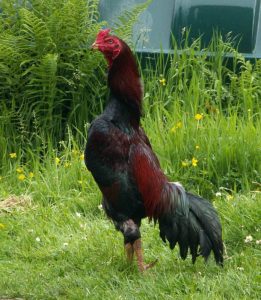 ighly valued in Pakistan and India because of their excellent fighting ability of the Prince (Rajah) and still protected to explosion, hence the name “Rajah Asil“. The Aseel families is large and it is available in different nation. In the international standard, there are two types, the Rajah Aseel with us only as Aseel known and the “Madras Asil”. The Madras are larger and heavier than the Rajah Aseel and act heavier. They are less upright. Aseel must appear at first peek like a full Game fowl, Erected with sloping flat top line, broad chest, angular keying and the tail position of the top line as following.
ighly valued in Pakistan and India because of their excellent fighting ability of the Prince (Rajah) and still protected to explosion, hence the name “Rajah Asil“. The Aseel families is large and it is available in different nation. In the international standard, there are two types, the Rajah Aseel with us only as Aseel known and the “Madras Asil”. The Madras are larger and heavier than the Rajah Aseel and act heavier. They are less upright. Aseel must appear at first peek like a full Game fowl, Erected with sloping flat top line, broad chest, angular keying and the tail position of the top line as following.
However, a slight tail angle does not interfere with the image. Also very important is the raptor-like skull with his short, strong, slightly curved beak and a marked jaw muscles. Further more, the head should be decorated with a short, underdeveloped comb. This means that a three-row comb probably gives a more beautiful picture, but for the highest rating we must satisfy the defined in the Standard underdeveloped pea comb and must not be penalized at a type animals.
Asil Rooster
As is known, Asil Rooster are heavier than its size would suggest. This is because their lean meat is very compact and the bone structure is massive and heavy in comparison to other breeds. If one takes a Asil in hand, he must feel like lead. The body has the proportions of a brick, that is wider than high (spine – sternum).
The bone strength, especially in the wrinkled stands is an important characteristic of race and may no case be overlooked. The next striking feature is a tough and tight plumage. The breast and back feathers must fully, just and snugly be so usually the sternum with his red skin is visible. A unified arts sternum combined with the so-called wing Rosen (plumage vacancies on the bend of wing) are the Asil an even nobler picture.
The occurring through the rough plumage broken springs are not rare, sporadic broken primaries should be excluded from the review. Aseel are very tame and trusting towards man cultivates. The hens lay few eggs and in some strains the eggs are unsuitable for Art Brut, which is why only natural breeding is possible here. A disadvantage by the required compact lean meat is that a relatively long Asil need to physically ripen fully, so that it is in an most favorable exhibition Constitution. Really mature and fully developed the Asil is after two to three years. This means the farmer must have adequate floor space, dexterity and sufficient patience to keep his animals according to and to ripen.
You are over time become more of an exhibition race and no longer play the role of sports for the Rooster with us, they were bred earlier. but your noble origin and their original purpose sports they must be identifiable in spite of everything into particular in body shape, expression and character. This should must never be forgotten in the breeding of this wonderful martial Rooster.


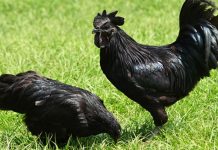
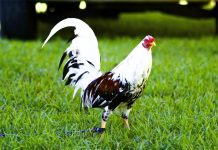
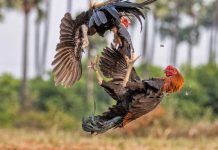
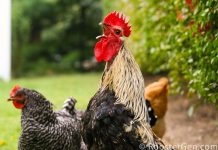
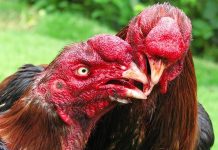





This website is really interesting. I have bookmarked it.
Do you allow guest posting on your site ? I can provide hi
quality posts for you. Let me know.
Hey, good to find soeomne who agrees with me. GMTA.
That’s more than selenbis! That’s a great post!